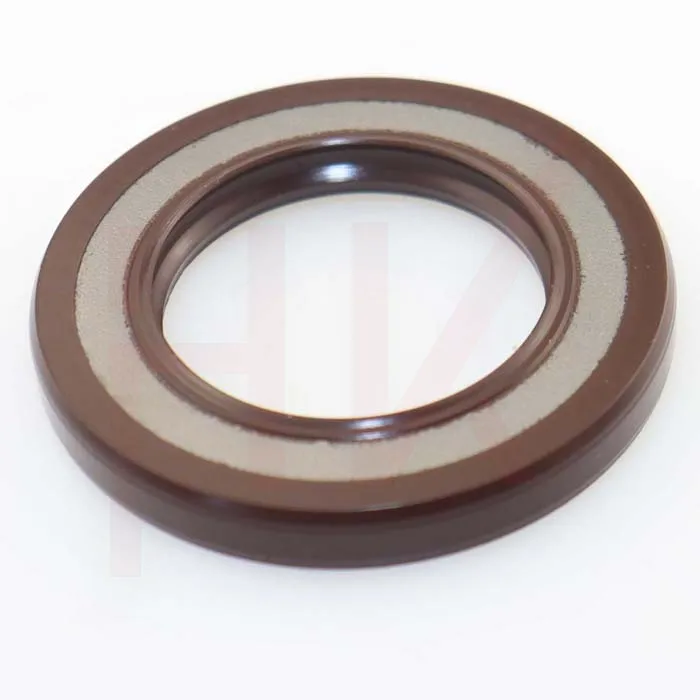Dec . 06, 2024 18:21 Back to list
hydraulic cylinder repair kits
Understanding Hydraulic Cylinder Repair Kits A Comprehensive Guide
Hydraulic systems are a vital component in various industrial applications, machinery, and equipment. The hydraulic cylinder, pivotal in these systems, is responsible for converting fluid power into mechanical force, enabling movements such as lifting, pushing, and pulling. However, like any mechanical component, hydraulic cylinders can experience wear and tear over time, leading to leaks and reduced efficiency. To maintain optimal performance, a hydraulic cylinder repair kit can be an invaluable asset. This article explores the importance of these kits, their components, and the steps involved in repairing a hydraulic cylinder.
Importance of Hydraulic Cylinder Repair Kits
Hydraulic cylinder repair kits are essential for several reasons. Firstly, they provide a cost-effective solution for extending the life of hydraulic cylinders. Rather than replacing entire cylinders, which can be expensive and time-consuming, repair kits allow for the replacement of worn seals, O-rings, and other critical components. This not only saves money but also reduces downtime in operations.
Secondly, timely repairs prevent more significant issues that can arise from a malfunctioning hydraulic cylinder. Leakages, for instance, can lead to decreased system performance and increased operational costs due to fluid loss. Furthermore, continuous operation of a damaged cylinder can cause additional stress on the system, potentially leading to catastrophic failure. Thus, using a repair kit can mitigate these risks effectively.
Components of a Hydraulic Cylinder Repair Kit
A typical hydraulic cylinder repair kit may include various components, each serving a unique purpose. Here are some common elements found in these kits
1. Seals and O-Rings These components are crucial for preventing fluid leaks. As hydraulic cylinders operate under high pressure, the seals must be durable and capable of withstanding the rigors of the hydraulic environment.
2. Backup Rings These are often included to support the O-rings and prevent extrusion when the cylinder is under pressure. They help maintain the integrity of the seals, enhancing overall performance.
3. Piston Rings Positioned on the piston, these rings are vital for providing a tight seal between the piston and the cylinder wall, ensuring efficient pressure management.
4. Dust Wipers These components serve as barriers to keep contaminants such as dirt and debris from entering the cylinder, which is critical for maintaining the longevity and reliability of the hydraulic system.
hydraulic cylinder repair kits

5. Instruction Manual A well-defined and comprehensive instruction manual usually accompanies the repair kit. It often includes guidelines for disassembling the hydraulic cylinder, inspecting components, and reassembling the unit after repairs.
Steps to Repair a Hydraulic Cylinder
Repairing a hydraulic cylinder with a repair kit can be manageable with the right tools and guidance. Here’s a general overview of the steps involved in the process
1. Disassembly Begin by safely disconnecting the hydraulic cylinder from the machine. Ensure the system is depressurized to avoid any potential accidents. Carefully disassemble the cylinder, taking note of the arrangement of parts.
2. Inspection Once disassembled, inspect the cylinder and its components for any signs of wear, damage, or corrosion. This step is crucial as it helps determine if components other than those included in the repair kit require replacement.
3. Cleaning Thoroughly clean all parts, especially those that will be reused. Remove any debris, old seals, or leftover hydraulic fluid to ensure a proper fit for the new components.
4. Installation Follow the instructions provided with the repair kit to install the new seals, O-rings, and other components. Ensure that all parts are fitted securely and in the correct order.
5. Reassembly and Testing After installation, reassemble the hydraulic cylinder. Reconnect it to the system and fill it with hydraulic fluid. Test the cylinder under low pressure to check for leaks or issues. Gradually increase the pressure to ensure everything is functioning correctly.
Conclusion
Hydraulic cylinder repair kits are crucial for maintaining the efficiency and longevity of hydraulic systems. By providing a cost-effective solution for repairs, they help prevent potential failures and reduce downtime in operations. Understanding the components of the kits and the repair process can empower operators and maintenance personnel to tackle hydraulic cylinder issues effectively. With regular maintenance and timely repairs, the performance of hydraulic systems can be enhanced, ensuring smooth and efficient operation in various applications.
-
TCN Oil Seal Metal Ring Reinforcement for Heavy Machinery
NewsJul.25,2025
-
Rotary Lip Seal Spring-Loaded Design for High-Speed Applications
NewsJul.25,2025
-
Hydraulic Cylinder Seals Polyurethane Material for High-Impact Jobs
NewsJul.25,2025
-
High Pressure Oil Seal Polyurethane Coating Wear Resistance
NewsJul.25,2025
-
Dust Proof Seal Double Lip Design for Construction Equipment
NewsJul.25,2025
-
Hub Seal Polyurethane Wear Resistance in Agricultural Vehicles
NewsJul.25,2025
-
The Trans-formative Journey of Wheel Hub Oil Seals
NewsJun.06,2025
Products categories
















